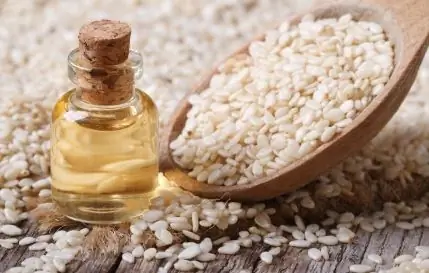- Author Rachel Wainwright [email protected].
- Public 2023-12-15 07:39.
- Last modified 2025-11-02 20:14.
Anthocyanins

Anthocyanins are pigment substances from the group of glycosides. They are found in plants, causing the red, purple and blue colors of fruits and leaves.
Anthocyanin content in foods
Anthocyanins can be found in small amounts in various foods (peas, pears, potatoes), but most of them are in the skin of berries and fruits with a dark purple color. Blackberries are the leader in the content of this pigment among all berries. But berry plants such as blueberry, irga, elderberry, cranberry, blueberry contain a lot of anthocyanins.
The content of anthocyanins is higher in sour and dark cherries than in sweet and red ones. There are many anthocyanins in the skins of grapes and in the red wine obtained from it. White wine is made from skinless grapes, so it is less rich in these pigments. The anthocyanin content determines the color of the grape wine.
Research has shown that bananas, while not dark purple in color, are also a rich source of anthocyanins.
Physical and chemical properties of anthocyanins
The different color of anthocyanins depends on the ion with which the complex of the organic dye is formed. So, a purple-red color is obtained if the complex contains a potassium ion, the blue color is given by magnesium and calcium.
The properties of anthocyanins to show their color also depend on the acidity of the environment: the lower it is, the more red it turns out. To distinguish between the types of anthocyanins in a laboratory, paper chromatography or IR spectroscopy are used.
The amount of anthocyanins in a particular product depends on the characteristics of the climate and the energy of the plant's photosynthesis. For example, in grapes, the rate of formation of these substances is influenced by the duration and intensity of illumination of its foliage. Different grape varieties contain a different set of anthocyanins, which is due to the deposit and plant variety.
The high temperature affects the color of red grape wine, intensifying it. In addition, heat treatment contributes to the long-term preservation of anthocyanins in wine.
Useful properties of anthocyanins
Anthocyanins cannot be formed in the human body, therefore they must be ingested with food. A healthy person needs at least 200 mg of these substances per day, and in case of illness, at least 300 mg. They are not able to accumulate in the body, therefore they are quickly eliminated from it.

Anthocyanins have a bactericidal effect - they can destroy various types of harmful bacteria. For the first time, this effect was used in the manufacture of red grape wine, which did not deteriorate during long-term storage. Now anthocyanins are used in the complex fight against colds, they help the immune system to cope with infection.
In terms of biological effects, anthocyanins are similar to vitamin P. Thus, it is known about the property of anthocyanins to strengthen the walls of capillaries and have an anti-edema effect.
The beneficial properties of anthocyanins are used in medicine in the production of various biological supplements, especially for use in ophthalmology. Scientists have found that anthocyanins accumulate well in retinal tissues. They strengthen its blood vessels, reduce capillary fragility, as is the case, for example, with diabetic retinopathy.
Anthocyanins improve the structure of fibers and cells of connective tissue, restore the outflow of intraocular fluid and pressure in the eyeball, which is used in the treatment of glaucoma.
Anthocyanins are powerful antioxidants - they bind free oxygen radicals and prevent damage to cell membranes. This also has a positive effect on the health of the organ of vision. People who regularly eat foods rich in anthocyanins have keen eyesight. Also, their eyes tolerate high stress and easily cope with fatigue.
Found a mistake in the text? Select it and press Ctrl + Enter.






